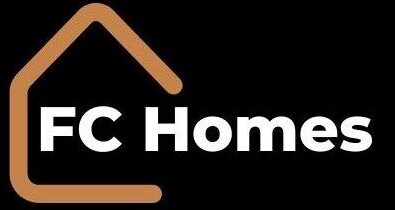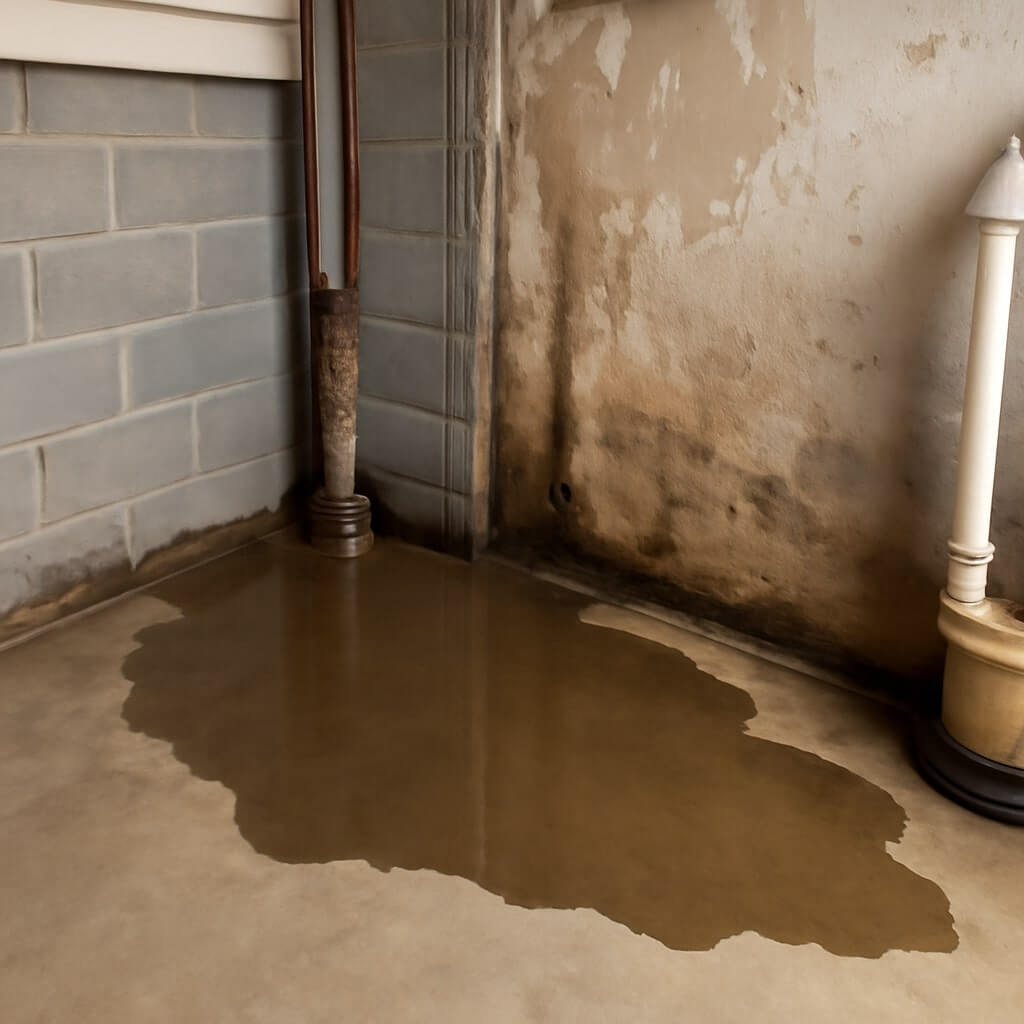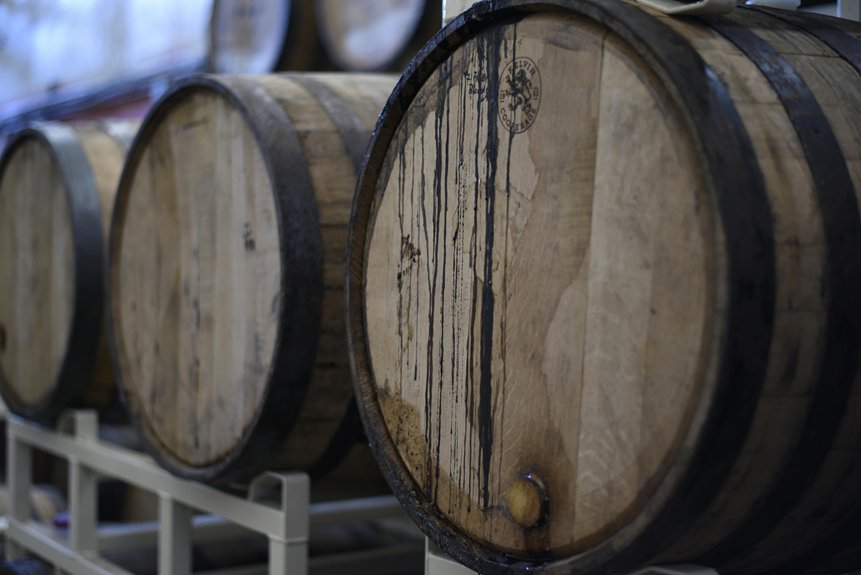When it comes to interior basement waterproofing, selecting the right membrane is essential for effective water management. You’ll encounter options like peel-and-stick membranes, which offer straightforward installation, or liquid-applied solutions that form seamless barriers. Each type has unique properties tailored to specific conditions. Understanding these differences can greatly impact your basement’s resilience. Let’s explore how these membranes can safeguard your space from moisture and potential damage.
Key Takeaways
- Peel-and-stick membranes offer easy installation and reliability with their self-adhesive nature.
- Liquid-applied membranes create seamless barriers but require multiple layers and proper surface preparation.
- Sheet membranes are durable and provide a continuous waterproof barrier, saving time during installation.
- Cementitious coatings adhere well to concrete and are moisture-resistant, making them a cost-effective option.
- Spray-on waterproofing allows for quick coverage of large areas and is flexible for specific needs.
Peel-and-Stick Membranes
When it comes to interior basement waterproofing, peel-and-stick membranes offer a reliable solution for homeowners.
These membranes provide several peel and stick advantages, such as ease of installation and strong adhesion to various surfaces. You’ll appreciate their self-adhesive nature, which reduces the need for additional adhesives or complicated tools.
During installation, verify the surface is clean and dry, and simply peel off the backing to apply the membrane directly onto the wall. This straightforward installation technique minimizes labor time and decreases the risk of errors, making it an efficient choice for effective waterproofing in your basement.
Liquid-Applied Membranes
When considering liquid-applied membranes for your basement, it’s essential to understand the application process and the unique benefits they offer.
These membranes create a seamless barrier that effectively prevents water infiltration, but common installation mistakes can compromise their effectiveness.
Application Process Overview
Although liquid-applied membranes offer effective waterproofing solutions for interior basements, understanding the application process is essential for achieving ideal results.
First, you’ll want to verify proper membrane selection based on your basement’s specific conditions. Next, prepare the surface by cleaning and repairing any cracks or imperfections.
Choose suitable application techniques, such as brush, roller, or spray, to achieve an even coat. Apply the membrane in multiple layers, allowing adequate drying time between applications.
Finally, inspect for any missed areas and verify complete coverage, as this will greatly enhance the membrane’s performance and longevity in protecting your basement from moisture.
Benefits of Liquid Membranes
Liquid-applied membranes provide a robust solution for waterproofing interior basements, offering several key benefits that enhance their effectiveness.
Here are some liquid membrane advantages:
- Seamless Application: You can achieve complete coverage without seams, reducing potential leak points.
- Waterproofing Durability: These membranes bond to surfaces, offering long-lasting protection against moisture intrusion.
- Flexible and Adaptable: They can easily conform to various shapes and surfaces, ensuring thorough coverage in challenging areas.
Common Installation Mistakes
Even with the numerous advantages of liquid-applied membranes, improper installation can undermine their effectiveness and lead to costly repairs.
One of the common pitfalls is insufficient surface preparation; neglecting to clean or repair cracks can prevent proper adhesion.
Another frequent installation error involves applying the membrane too thinly, which compromises waterproofing.
Additionally, not following the manufacturer’s recommended curing time can lead to premature failure.
Make sure to check temperature and humidity conditions during application, as these factors greatly influence performance.
Finally, overlooking detailing around penetrations and seams can create weak points, allowing water intrusion.
Always prioritize precision in your installation.
Sheet Membranes
When you’re looking to effectively waterproof your basement, sheet membranes offer a reliable solution.
They provide several sheet membrane advantages that make them a popular choice among homeowners.
Here are three key benefits:
- Durability: Sheet membranes resist tears and punctures, ensuring long-lasting protection.
- Moisture Control: They create a continuous barrier against water infiltration, keeping your basement dry.
- Ease of Installation: Many sheet membrane types are designed for straightforward application, saving you time and labor costs.
Cementitious Coatings
Cementitious coatings serve as an effective waterproofing solution for basements, especially when you need a durable and resilient barrier against moisture. These coatings utilize cementitious properties, providing excellent adhesion to concrete surfaces. Their moisture resistance helps prevent water penetration, ensuring a dry environment. This option is ideal for various basement conditions, as it withstands pressure and mechanical stress.
| Advantages | Considerations |
|---|---|
| Durable and strong | Requires proper application |
| Excellent moisture resistance | Limited flexibility |
| Cost-effective | Needs curing time |
| Low maintenance | Surface preparation needed |
| Eco-friendly | Can be labor-intensive |
Spray-On Waterproofing
Spray-on waterproofing offers a versatile and efficient solution for protecting basement walls from moisture intrusion. This method boasts several spray-on advantages:
- Quick application – You can cover large areas in a short time, minimizing labor costs.
- Seamless barrier – It creates a continuous membrane, reducing the risk of leaks through seams.
- Flexible formulation – Various types are available, allowing you to choose based on specific needs.
Application techniques typically involve cleaning the surface, using a sprayer for even coverage, and allowing adequate curing time.
With these benefits, spray-on waterproofing is a reliable choice for your basement.
Polyurethane Membranes
Polyurethane membranes are one of the most effective solutions for interior basement waterproofing, offering a robust barrier against moisture.
One of the key polyurethane advantages is their flexibility, allowing them to conform to various surface irregularities. Additionally, their quick-curing nature makes installation efficient, reducing downtime.
You’ll find polyurethane applications ideal for both residential and commercial basements, as they can effectively seal cracks and joints. Their durability against water intrusion and resistance to mold growth guarantees a long-lasting solution.
Bituminous Membranes
Bituminous membranes serve as a highly effective waterproofing solution for interior basements, renowned for their excellent adhesion and resistance to water penetration.
Bituminous membranes provide superior waterproofing for basements, known for their strong adhesion and outstanding water resistance.
Their unique bituminous properties make them ideal for various membrane applications.
When considering these membranes, focus on:
- Durability: They withstand harsh conditions, ensuring long-lasting protection.
- Flexibility: Bituminous membranes can adapt to structural movements, preventing cracks and leaks.
- Ease of Installation: Their self-adhesive nature simplifies the application process, saving you time and effort.
Drainage Mats
Drainage mats play an essential role in managing water flow within your basement, preventing moisture buildup against foundation walls.
When installing these mats, you’ll need to guarantee proper positioning against the wall to facilitate efficient drainage.
Understanding the installation process is key to maximizing their effectiveness and safeguarding your space from water damage.
Purpose of Drainage Mats
While many homeowners focus on traditional waterproofing methods, incorporating drainage mats into your basement waterproofing strategy can greatly enhance moisture management.
These mats serve multiple purposes in your drainage systems:
- Facilitate moisture control by directing water away from walls.
- Promote airflow, allowing for faster drying and reducing mold growth.
- Provide structural support for waterproof membranes, ensuring longer-lasting effectiveness.
Installation Process Overview
When installing drainage mats in your basement, it’s essential to follow a systematic approach to confirm ideal performance.
Begin by preparing the surface, making sure it’s clean and dry. Next, select appropriate membrane materials based on your specific needs.
Utilize installation techniques like overlapping seams to enhance waterproofing. Position the mats against the wall, making sure they direct water toward the drainage system effectively.
Secure them with adhesive or fasteners as needed. Finally, inspect for any gaps or imperfections.
Following these steps will confirm your drainage mats function at their best, protecting your basement from moisture infiltration and potential damage.
Conclusion
In conclusion, choosing the right interior basement waterproofing membrane is essential for effective moisture management. Each type, from peel-and-stick to drainage mats, offers unique benefits tailored to specific needs and conditions. By understanding the characteristics and applications of these membranes, you can make an informed decision that enhances your basement’s durability and safety. Don’t underestimate the importance of proper waterproofing—it’s a critical investment in your home’s integrity and longevity.




